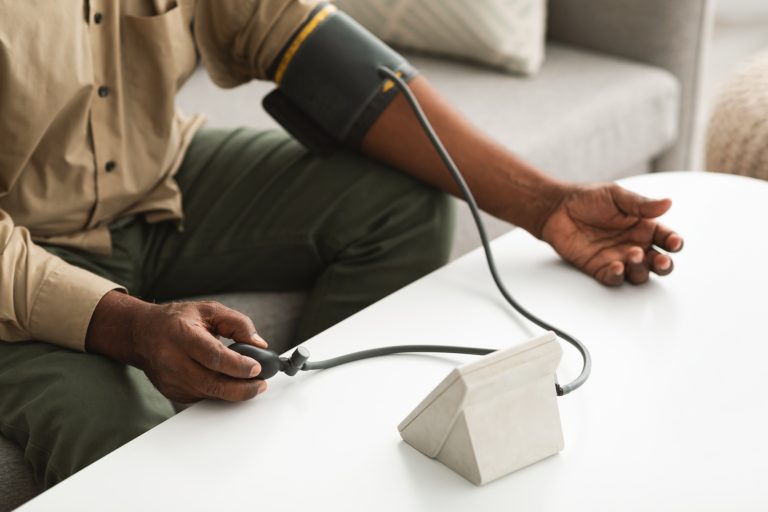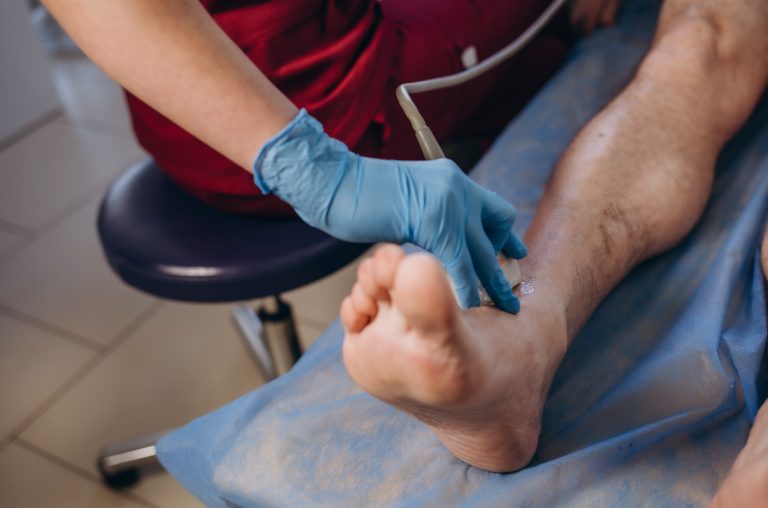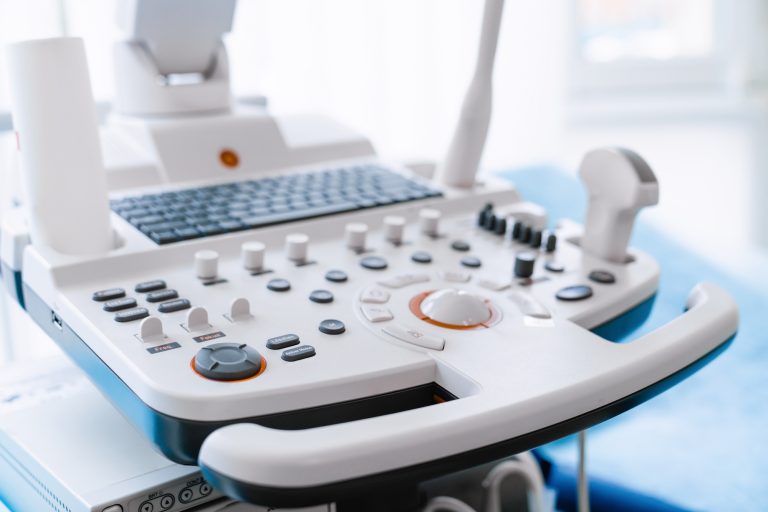When you’re feeling unwell or have an injury, your doctor might suggest an X-ray. For many Nigerians, this is a familiar term, but not everyone knows what it really involves. Simply put, an X-ray is a painless test that uses small amounts of radiation to take pictures of your bones, lungs, or other parts inside your body. It’s a tool doctors rely on to figure out what’s wrong—whether it’s a broken leg from a football match in Lagos or a chest problem that’s been bothering you in Abuja. With clinics and hospitals across the country offering this service, it’s one of the most common ways to get answers fast.
The process is straightforward. You’ll be asked to stand, sit, or lie down while a technician positions a machine over the area that needs checking. In places like Ibadan or Port Harcourt, where equipment might vary, some machines are older but still effective, while private hospitals may have newer, fancier ones. You might hear a click or buzz as the picture is taken—it takes just a second or two. There’s no pain, though you’ll need to stay still so the image isn’t blurry. If you’re pregnant, let the staff know, as they’ll take extra care to protect your baby. The cost can range from ₦2,000 to ₦10,000 depending on where you go, which is manageable for many, especially in urban areas.
After the X-ray, a radiologist (a doctor trained to read these images) reviews the results. They might spot a fracture, signs of tuberculosis, or even something like pneumonia—conditions that sadly affect many in Nigeria due to our environment or lifestyle. You’ll usually get the report within a day or two, though in busy government hospitals, it might take a bit longer. Knowing what to expect can make the experience less daunting, so don’t hesitate to ask your doctor or technician questions. It’s your health, after all, and understanding this simple test can help you feel more in control.






